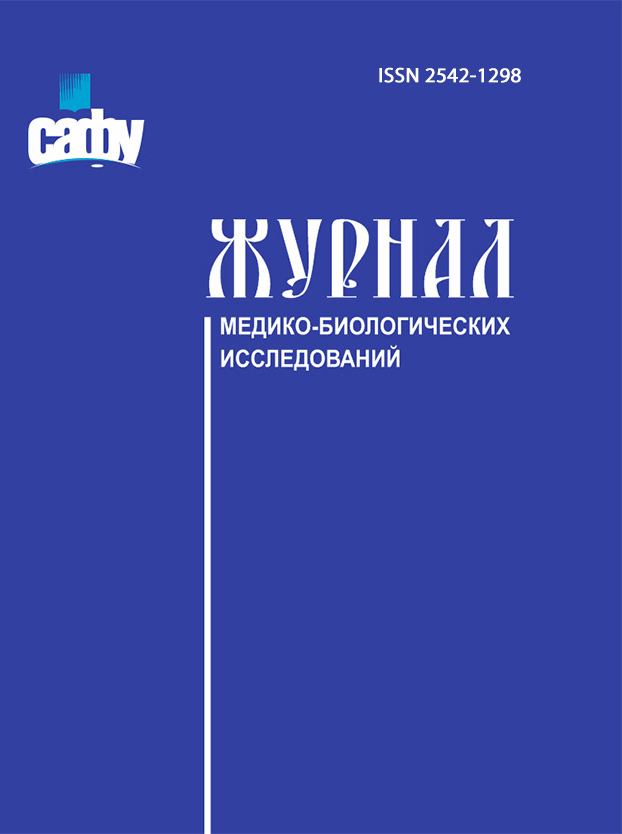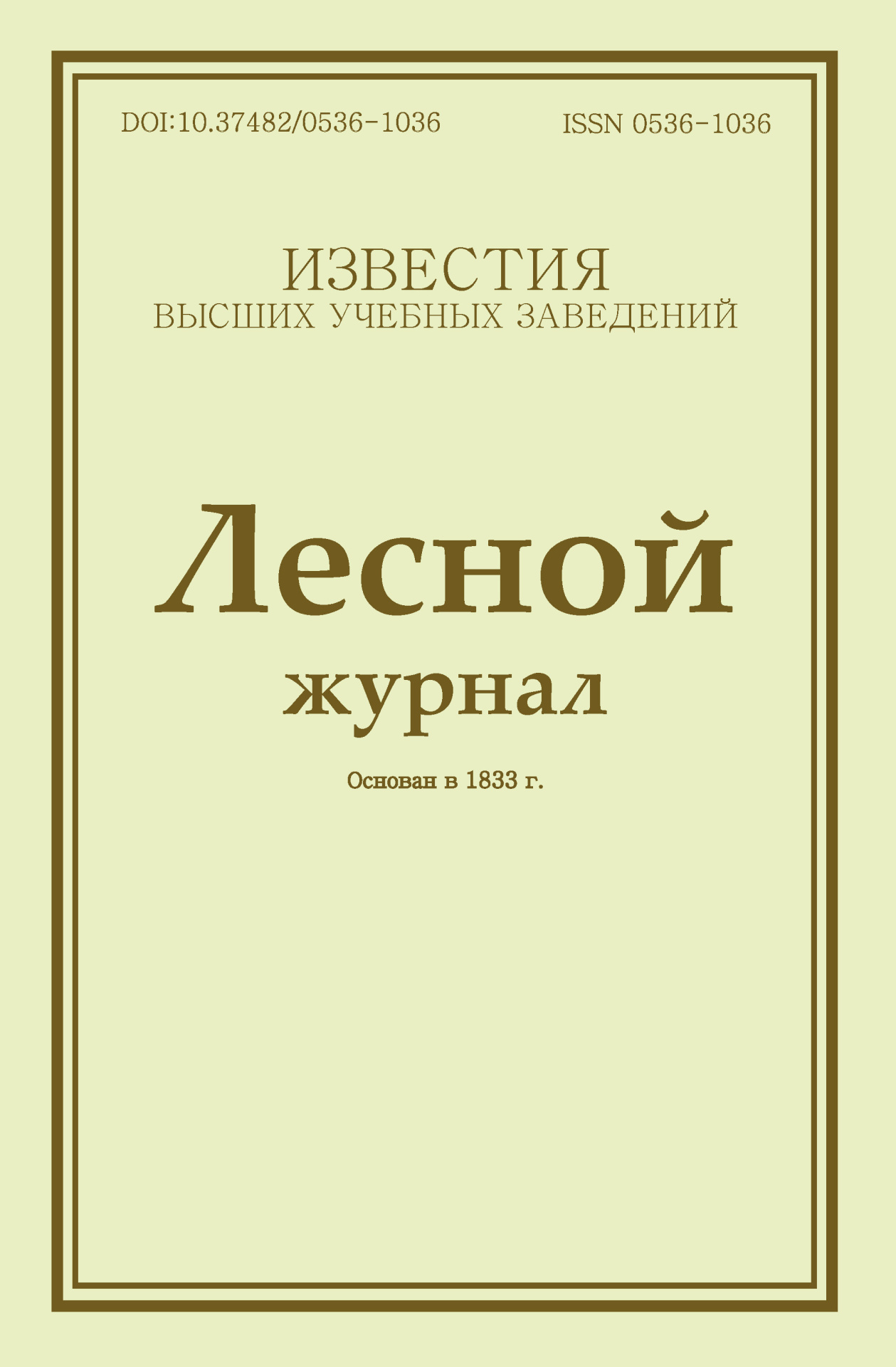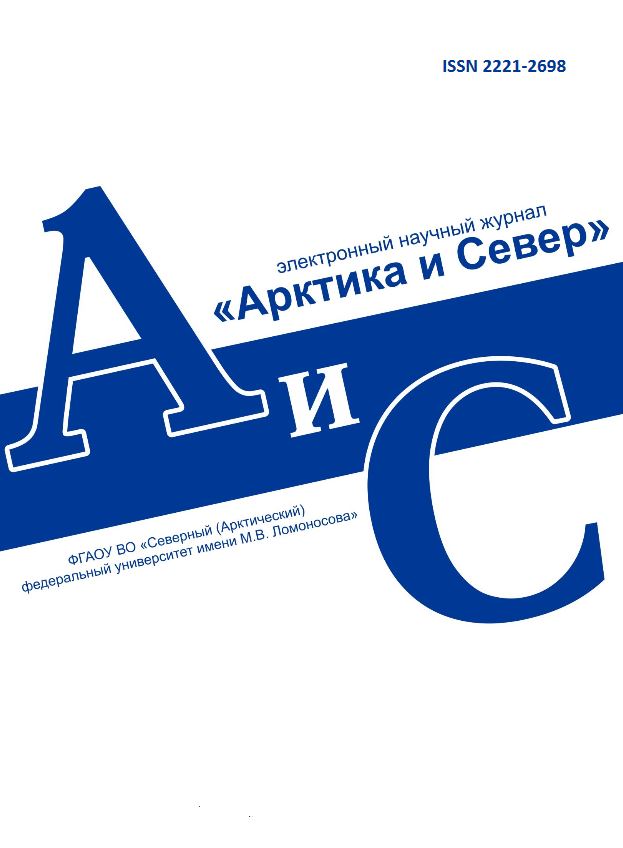
Vestnik of Northern (Arctic) Federal University.
Series "Humanitarian and Social Sciences"
ISSN 2227-6564 e-ISSN 2687-1505 DOI:10.37482/2687-1505
Legal and postal addresses of the founder and publisher: Northern (Arctic) Federal University named after M.V. Lomonosov, Naberezhnaya Severnoy Dviny, 17, Arkhangelsk, 163002, Russian Federation Editorial office address: Vestnik of Northern (Arctic) Federal University. Series "Humanitarian and Social Sciences", 56 ul. Uritskogo, Arkhangelsk
Phone: (8182) 21-61-20, ext. 18-20 ABOUT JOURNAL |
Section: History Download (pdf, 0.4MB )UDC81ʼ322.4:[811.511.11+811.161.1]DOI10.37482/2687-1505-V421AuthorsAnna V. MerzlayaPostgraduate Student, Translation Studies and Applied Linguistics Department, Northern (Arctic) Federal University named after M.V. Lomonosov (address: prosp. Lomonosova 4, Arkhangelsk, 163002, Russia). e-mail: aannaa@yandex.ru, ORCID: https://orcid.org/0009-0008-7109-3351 AbstractThis article presents a systematic description of translation failures resulting from neural machine translation of Finnish-language meteorological media texts (forecasting a cold front and negative temperatures) into Russian. The importance of the topic is determined by the increasing attention of meteorologists to phenomena related to climate change and weather anomalies as well as by the interest of IT specialists in optimizing neural machine translation systems that can significantly accelerate the process of interlingual communication. The key aim of the study is to identify and systematize translation failures that occur when translating Finnish-language meteorological texts about cold weather published in the online version of the newspaper Iltalehti as well as attributes of the cold used in these texts. First, micro-contexts were selected by means of continuous sampling, then the selected meteorological texts were translated using the online service DeepL Translate, and finally, by means of component and contextual analyses, the main types of translation failures were identified and the reasons for their occurrence were described. The study demonstrates that the greatest number of failures when translating verbalizations of the cold include omitting cold sensations, i.e. the seme of the cold that is present in the semantic structure of the Finnish lexeme is not rendered in the Russian translation. Moreover, translation failures can arise from the choice of a lexical unit inadequate to the context or use of proper names and nonce words whose rendering requires finding original translation solutions and typically cannot be realized through neural machine translation. The results of the study can be used to optimize neural machine translation systems as well as to teach translation and post-editing of translations of meteorological media texts.Keywordsverbalization of cold perception, meteorological texts, Finnish language, neural machine translation, translation failure, interlingual communicationReferences
|
Make a Submission
INDEXED IN:
|
Продолжая просмотр сайта, я соглашаюсь с использованием файлов cookie владельцем сайта в соответствии с Политикой в отношении файлов cookie, в том числе на передачу данных, указанных в Политике, третьим лицам (статистическим службам сети Интернет).






